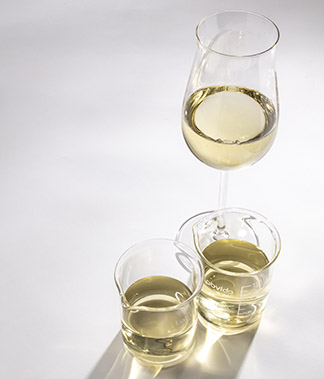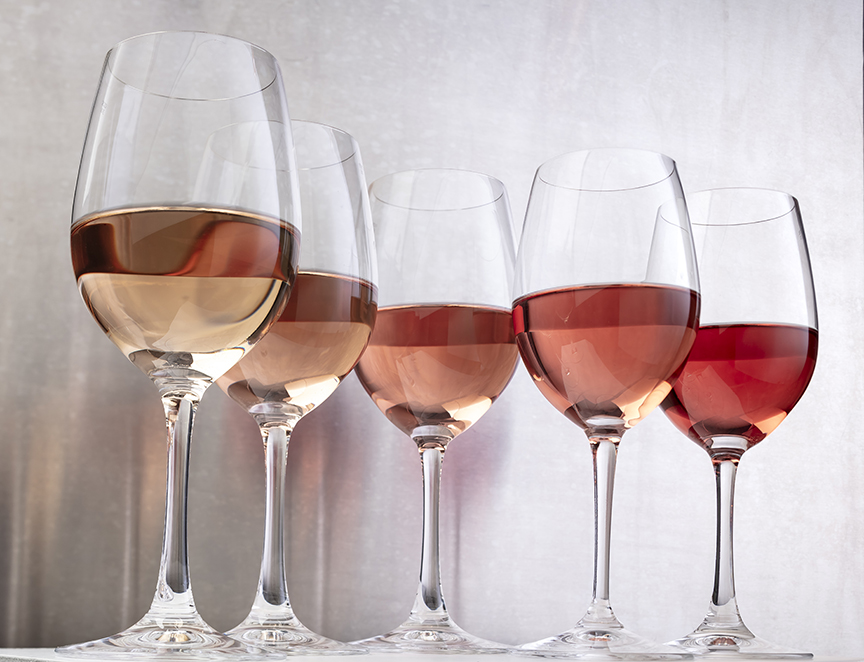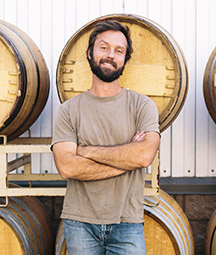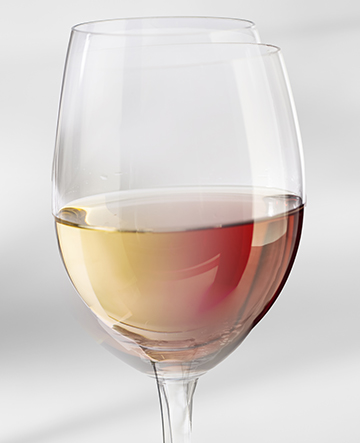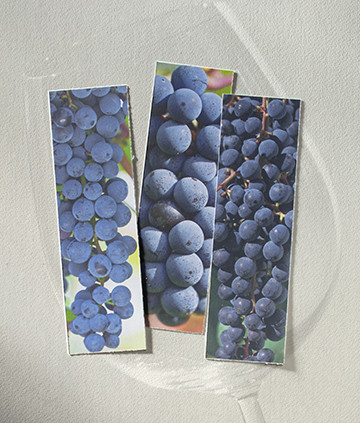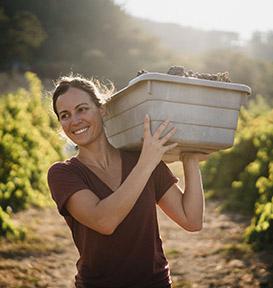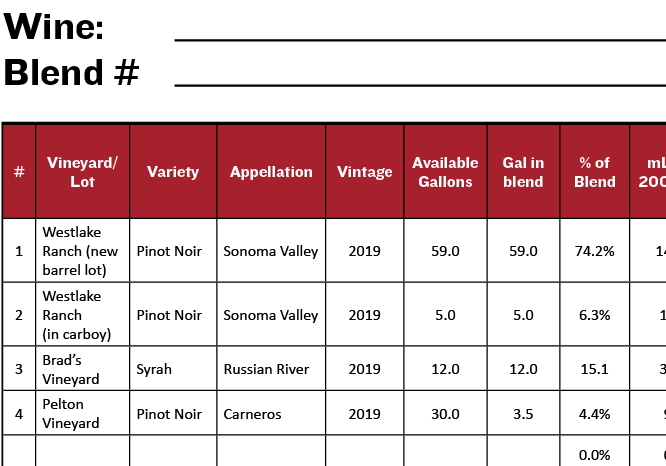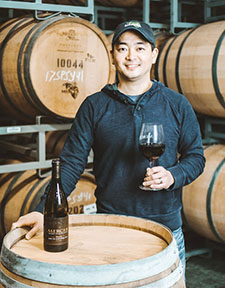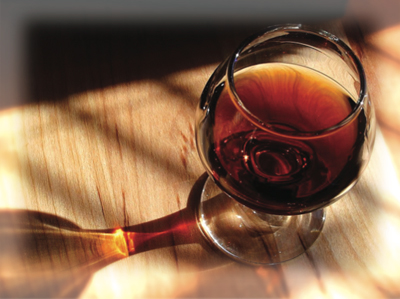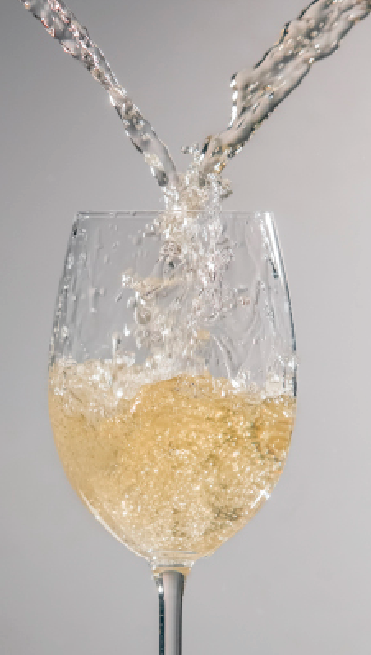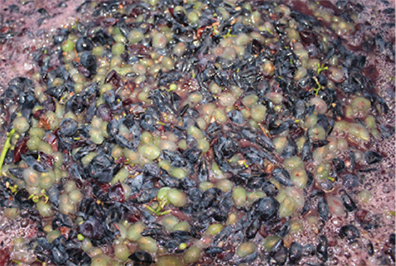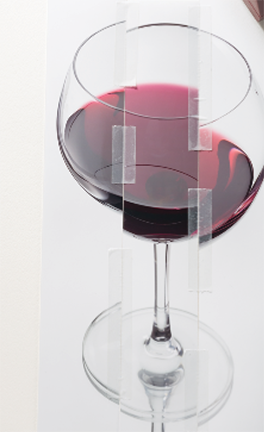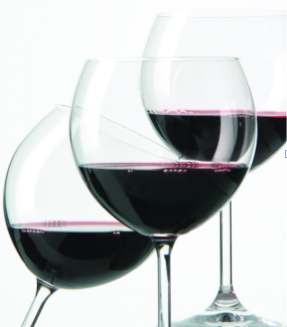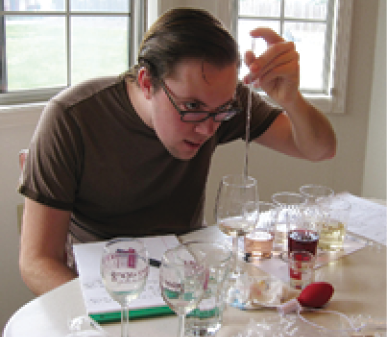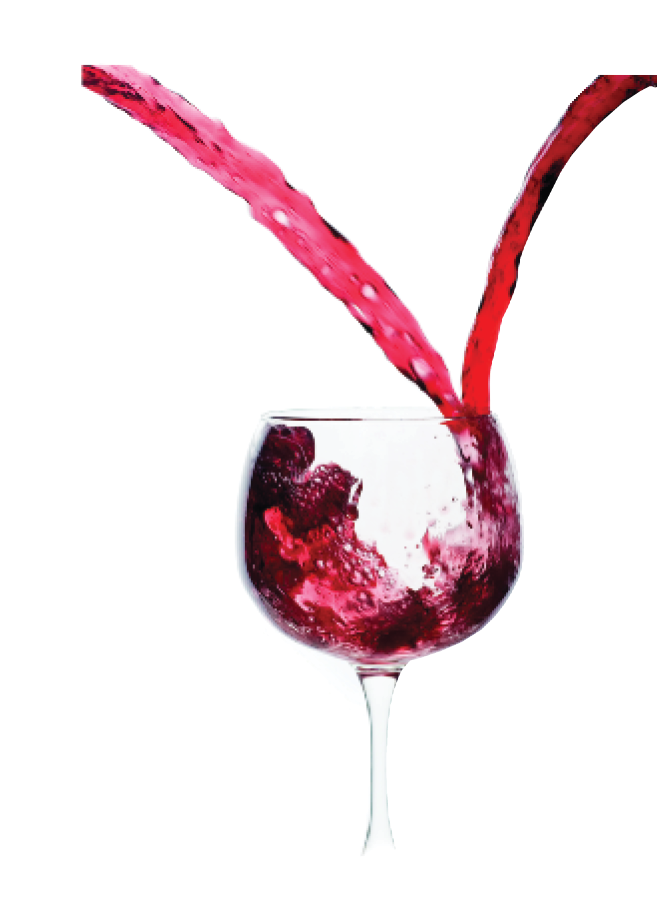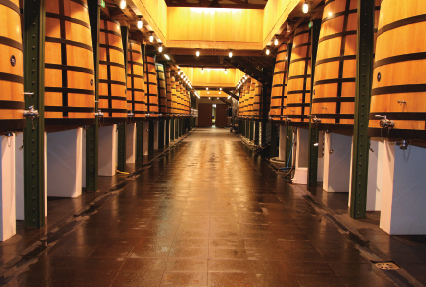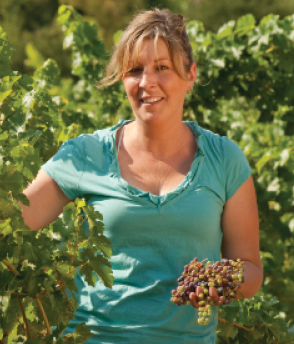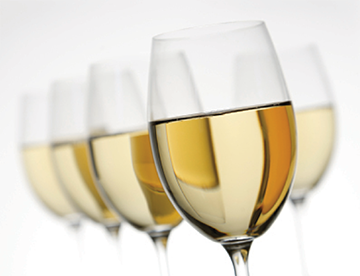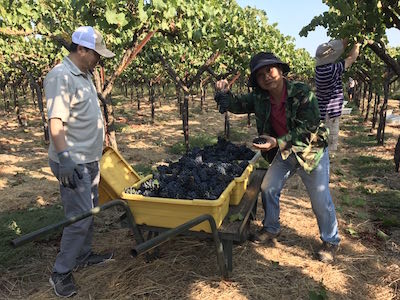Topic: Blending
Blending White Wines
Blending is often associated with red wines, but blending white wines can also be advantageous to create a balanced wine in certain situations or to complement grapes that need amplification in areas.
Experimenting With Ways to Craft Rosé
A pair of home winemakers share the results from trials they conducted this past harvest in techniques for making rosé. The results offer insight into what works, what doesn’t, and why rosés shouldn’t be judged by their color.
Tips for Blending Wine
I think that’s a pretty cool idea! How many of us are lucky enough to hang out with such an obviously collaboratively minded group of folks? And, though it may seem daunting,
Red Bordeaux-Style Blends: Tips from the Pros
Three pros making high-end red Bordeaux-style blends share their advice on crafting these complex, elegant wines.
Fruit & Grape Blends
When a wine comes up lacking, the solution may just be blending a totally different type of wine with it. Grape wines and wines made from other fruits often have complementary characteristics that lend themselves as a key ingredient in the other.
Blending Vinifera and Hybrid Grapes
Vitis vinifera grapes are often thought to be the species used to make wine in the premier wine regions, while French-American hybrid grapes are those used in regions vinifera grapes can’t be grown. However, each species brings something unique to the bottle and it may just be that blending grapes of both species will result in just what your wines need.
Better Together: Creating Red Blends
Early in my winemaking career I had the good fortune to work with one of the founders of Kenwood Vineyards, Mike Lee, who really knew how to blend wines to make them
Blending Italian Red Wines
Three North American winemakers share their best advice for blending red Italian varieties that are often lesser known and less common in the New World. These grapes bring their own challenges, but can be worth the work.
Pat Henderson’s Blending Spreadsheet
This blending template was created by Pat Henderson and is available for download here:
Blending with Malbec: Tips from the Pros
Malbec makes great varietal wines (check out the feature on page 40 for advice on this approach), but is also commonly used as a blending component, specifically for Bordeaux-style blends. In Bordeaux,
Fortify It! Adding Spirits To Your Wine
Your first fortified wine can be a little intimidating. What method are you going to utilize? Sweet or dry? What type of spirits are you going to use? Then again, maybe you’re
Blending Bench Trials
One of the most useful techniques used in blending wine is performing bench trials, which is the process of treating a series of small wine samples with varying degrees of conditions. In
Field Blending
Blends are most often made from varietal wines prior to bottling, but field blending, where all of the varieties are harvested and fermented together, has its own benefits.
Blending Basics
In this article, Michael Larner discusses the wines of the Rhône region of France, and one of the most important winemaking parts of Rhône winemaking is blending. Learn about the basics of
Wine Blending Partners
Blending accomplishes several goals in winemaking. It can be done to improve flavor, mouthfeel, cover a defect, balance the chemical profile, adjust the alcohol content, emulate a commercial wine you enjoy or simply for product consistency. Blending is both a science and an art.
Meritage Roundtable: Tips on Making Bordeaux-Style Blends in the New World
The name Meritage is a blend of the words merit and heritage (and pronounced to rhyme with the latter). But beyond a commitment to using the same grapes as those used in
Blending Fruit and Grape Wines
“Blending is a natural procedure, honest, necessary, and in accordance with historical events.” With that quote, eminent wine authority Emile Peynaud gives us permission to play with our wines. While he was
Award-Winning Red Wine Blends Roundtable
Five top medal winners from the WineMaker International Amateur Wine Competition share the secrets of their red wine blending success.
Winemaking Tips from Bordeaux
Bordeaux. The mere mention of the name conjures up images of centuries-old chateaus, pristine vineyards and superlative wines that have set the highest standards the world over. Bordeaux wine styles are the
Super Blends
One group of internationally famous wines — the Super Tuscans — has come to represent revolutionary change in the wine world in the last few decades. After long-held traditional principles and practices
Wine Blending: Tips from the Pros
Varietal wines are great, but there is only so much that can be done when working with a single grape variety. To create a truly complex wine, try blending multiple varieties that
Better White Blends
There are lots of reasons to try blending white wines, such as adding complexity, correcting a deficiency, or simply making something fun and new. Find out more about which white grapes work well together, and how to plan the perfect blend.
Confessions: Revealing a secret to my success
A California winemaker confesses his secret to making a good wine blend great through the use of his secret weapon.
Blending Stuck Wine
That’s too bad that you had some stuck fermentations. It’s probable that your yeast died out due to alcohol toxicity resulting from those high brixes. Next time make sure you’re adding enough
We just blended a 55-gal. (210-L) oak barrel with a blend of 60% Zinfindel and 40% Merlot…
The Zin of Blending Since I can’t taste your wine and so don’t know the profile of each individual component, it’s hard to give you “the right” answer. And I would hazard
